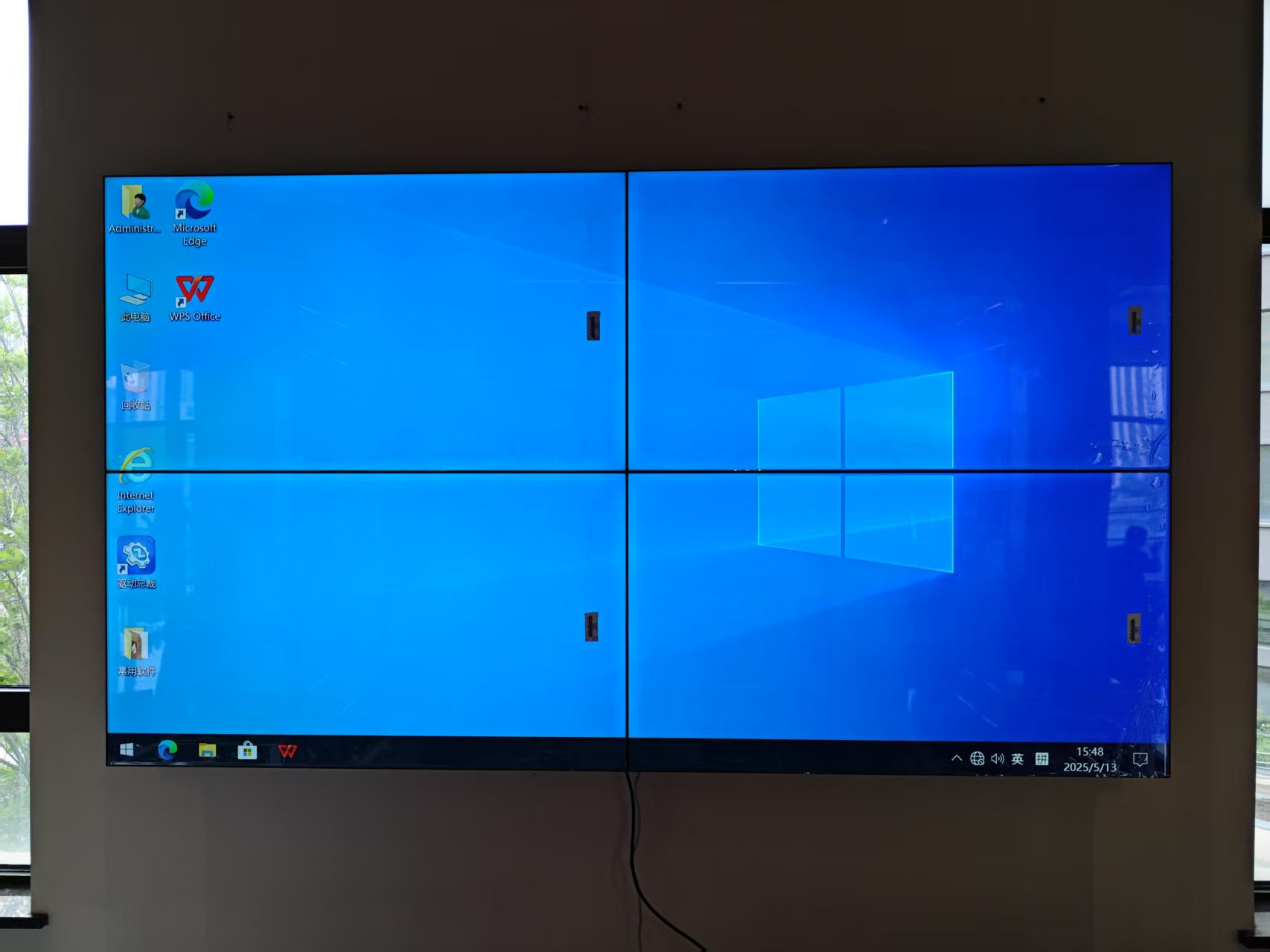How to Choose the Right LCD Splicing Screen for Your Needs
How to Choose the Right LCD Splicing Screen for Your Needs
In the ever - evolving landscape of visual display technology, LCD splicing screens have emerged as a popular choice for a wide range of applications, from corporate conference rooms and control centers to public advertising displays and digital signage. These large - scale display systems offer the flexibility to create custom - sized screens by combining multiple individual LCD panels, providing a seamless and high - definition viewing experience. However, with a plethora of options available in the market, choosing the right LCD splicing screens can be a daunting task. This article aims to guide you through the key factors to consider when making this important decision.
1. Understanding Your Requirements
The first step in choosing an LCD splicing screens is to clearly define its intended use. Different applications have different requirements in terms of display quality, functionality, and durability.
2. Screen Size and Aspect Ratio
The size and aspect ratio of the LCD splicing screens are also important considerations. The size of the screen should be determined by the viewing distance and the available space in the installation area. A general rule of thumb is that the diagonal size of the screen should be approximately 1/6 to 1/8 of the viewing distance. For example, if the viewing distance is 6 meters, a screen with a diagonal size of 75 - 100 inches would be appropriate.
The aspect ratio of the screen should match the content that will be displayed. The most common aspect ratios for LCD splicing screens are 16:9, which is suitable for most video and digital content, and 4:3, which is still used in some legacy applications.
3. Installation Options
The installation of the LCD splicing screens should be carefully planned to ensure a stable and secure setup. There are several installation options available, depending on the application and the available space.
Wall - Mounted Installation: Wall - mounted installation is the most common option for LCD splicing screens. It is a space - saving solution that allows the screen to be easily integrated into the room decor. When choosing a wall - mounted installation, make sure that the wall is strong enough to support the weight of the screen and that the mounting brackets are properly installed.
Floor - Standing Installation: Floor - standing installation is suitable for applications where the screen needs to be placed in a free - standing position, such as in a showroom or a public area. Floor - standing stands are available in different styles and sizes, and they can be adjusted to the desired height and angle.
Ceiling - Mounted Installation: Ceiling - mounted installation is a good option for applications where the screen needs to be installed in a high - ceiling area, such as in a large auditorium or a sports arena. Ceiling - mounted brackets are available in different types, and they can be adjusted to the desired position and angle.

